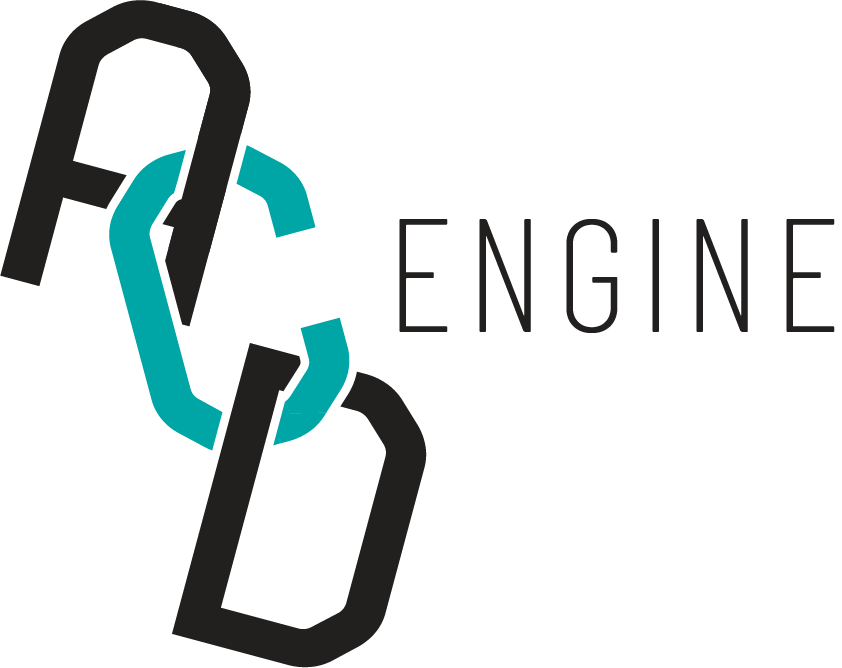More Interesting Works and Cultural Data Sources#
In addition to the ACDE project, we found many other interesting digital humanities projects related to cultural data integration and analysis. These projects could inspire further work in this field and help humanities researchers utilise integrated data in new and innovative ways. Here are a few examples:
-
This project is a digital platform that maps the history of Australian theatre from the early colonial period to the present day. It features a searchable database of historical information and multimedia resources, including photographs, playbills, and recordings of performances.
HuNI: Humanities Networked Infrastructure
HuNI is a national research infrastructure project that provides a platform for integrating and sharing cultural data from a wide range of sources, including museums, archives, and libraries. It allows researchers to discover new connections between different types of cultural data and to explore complex research questions across multiple disciplines.
-
GLAM Workbench is an experimental data exploration interface developed for ACDE. This prototype tool, developed in collaboration with historian and hacker Professor Tim Sherratt, highlights the extensive and largely unexplored connections between Australian cultural databases and global data aggregators.
-
TLCMap is a user-friendly time-layered mapping tool designed to support humanities researchers with developing digital maps for cultural colllections. Digital mapping provides one of the most engaging ways to visualise cultural data across space, highlighting connections between geographical areas, trace movement, or highlight geographical density.
Experiments | DX Lab - State Library of NSW
The DX Lab at the State Library of NSW is a hub for digital experimentation and innovation in the cultural sector. Their website features a collection of projects and prototypes that use emerging technologies to explore new ways of engaging with cultural collections.
-
This interactive data visualization by El Mercurio newspaper explores the life and work of Vincent van Gogh through a series of infographics and interactive tools. It provides a new way of understanding the artist’s creative process and the social and cultural context in which he lived and worked.
In addition to current data sources, we found many other interesting Australian/International cultural data collections that could be integrated into the ACDEA. These data collections could boost the existing integrated data as well as inspire further work in this field. Here are a few examples:
Archibald, Wynne and Sulman Prizes | Art Gallery of NSW
This is a collection of art prize data from the Art Gallery of NSW. It contains information about the artists, artworks and judges of the prizes. This data collection could add more value to
recognitionentity in the ACDEA.
We provide an example of how to use Archibald Prize data for analytical purposes in the Data Analysis chapter of this book. Refer to Exploring success quantitatively using Archibald Prize data.
Australian and New Zealand Art Sales Digest
This is a database of sales of Australian and New Zealand art. It includes information about the artwork, artist, sale date, price and sale location. This data collection could strengthen the structure for
workentity in the ACDEA.
Australian Prints + Printmaking
This is an online database of Australian prints and printmaking, maintained by the National Gallery of Australia. It contains information about artists, prints, printmaking techniques, and print collections in Australian museums and galleries. This data collection can add more value to
work,resourceandplaceentity in the ACDEA enriching the data related to the visual art domain in ACDE.
-
This is a well-known database for information about movies, television shows, and other productions. It includes information about the cast and crew, production companies, release dates, and ratings. This data collection can add more value to the
workentity in the ACDEA.
We provide an example of how to use IMDb data for analytical purposes in the Data Analysis chapter of this book. Refer to Exploring intersections of external data.
Miles Lewis’ Research DataBases
Miles Lewis’ Research Databases: This is a collection of research databases compiled by Professor Miles Lewis, a prominent Australian architectural historian. The databases cover topics such as Australian architectural heritage, post-war modernism, and Australian war memorials. This data collection could boost the data in the architecture domain in ACDE.
